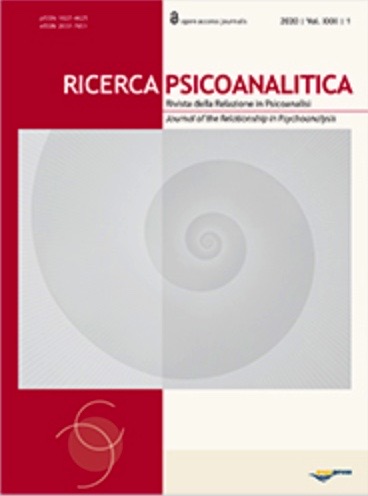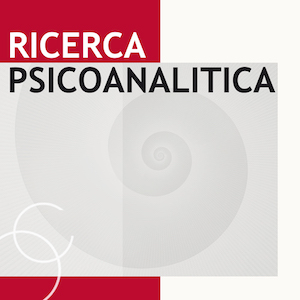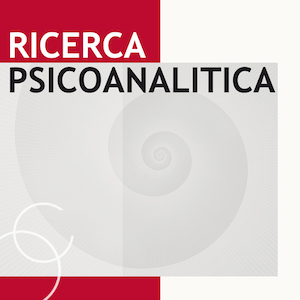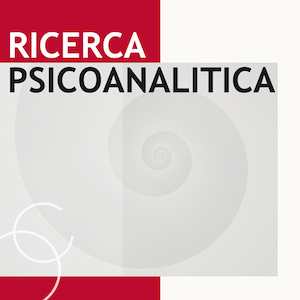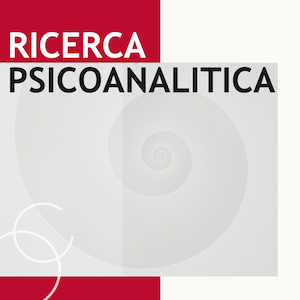Ricerca clinica e ricerca empirica
All claims expressed in this article are solely those of the authors and do not necessarily represent those of their affiliated organizations, or those of the publisher, the editors and the reviewers. Any product that may be evaluated in this article or claim that may be made by its manufacturer is not guaranteed or endorsed by the publisher.
##plugins.generic.dates.accepted##: 5 settembre 2020
Autori
In questo articolo l'autore tende a mostrare come possa funzionare l'integrazione tra ricerca clinica e ricerca empirica secondo il modello della perturbazione reciproca tra i dati e le osservazioni prodotte da due distinti sistemi di conoscenza. Viene messa in evidenza come esista un forte influenzamento della ricerca clinica sulle ipotesi che vengono testate negli studi empirici e il potenziale effetto dei dati empirici sulla chiarificazione e messa a fuoco di questioni fondamentali per la pratica clinica e la riuscita dei trattamenti. Da qui il potenziamento di "buone pratiche" rispetto ad errori e importanti disconoscimenti dei fattori che determinano l'esito delle terapie. Conseguentemente l'interesse si orienta sui percorsi formativi nella prospettiva di favorire un approccio in cui l'attenzione del clinico in formazione si equilibra tra "punti di ancoraggio" osservabili, mutuati dalla ricerca, approfondimenti intuitivi e quei pattern descrittivi derivati dalla esperienza clinica che arricchiscono la letteratura psicoanalitica.
Come citare
PAGEPress has chosen to apply the Creative Commons Attribution NonCommercial 4.0 International License (CC BY-NC 4.0) to all manuscripts to be published.

